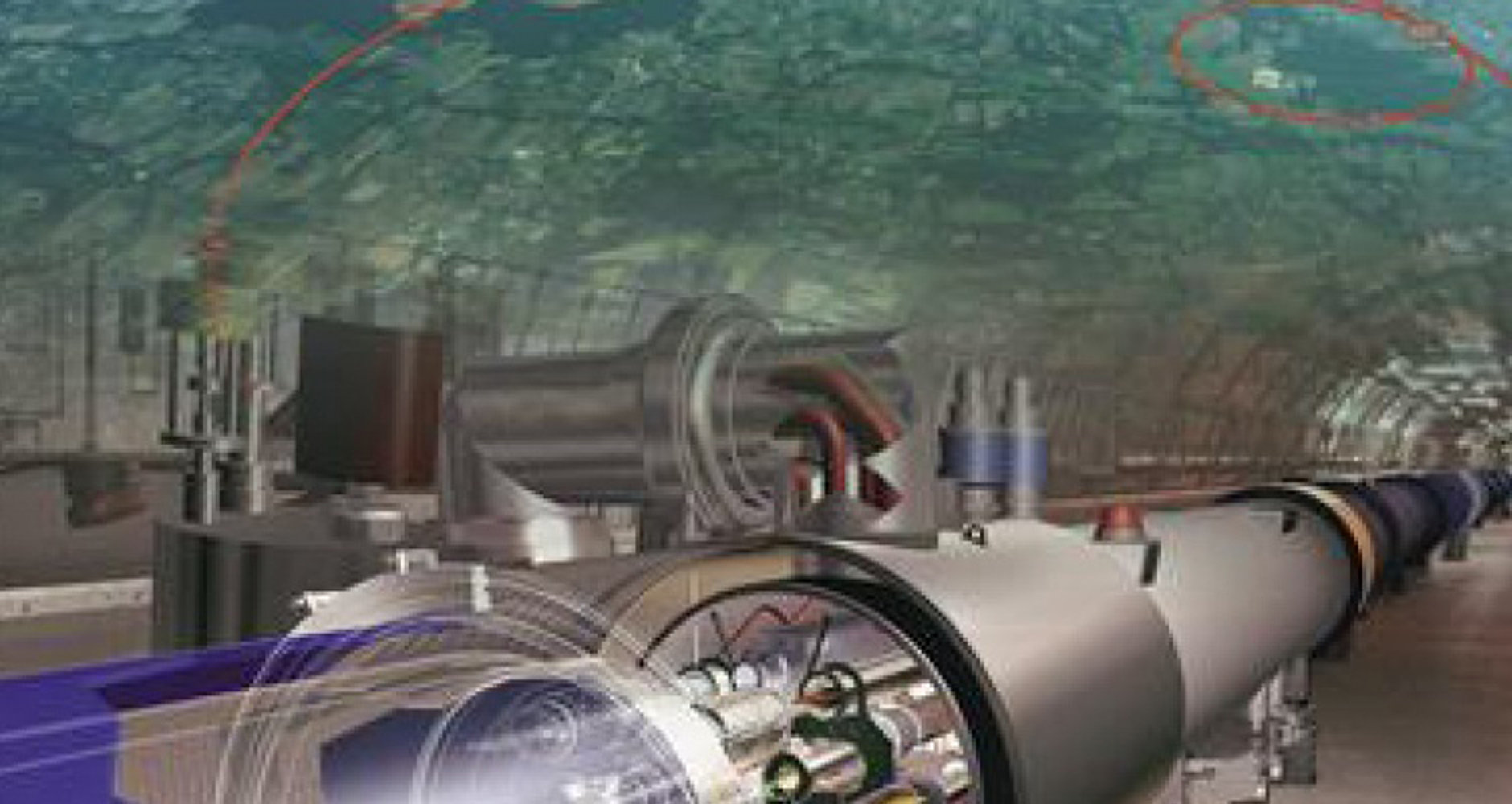The Large Hadron Collider (LHC), constructed at CERN, is a colossal piece of scientific apparatus spanning the border of Switzerland and France. Heralded as the most ambitious particle physics experiment to date, it has been a source of both great excitement and intense scrutiny since its inauguration in 2008. A sentiment that has arisen among certain factions within the scientific community and beyond is the assertion that the LHC represents a failure, particularly in its ambition to discover new fundamental particles and elucidate the intricacies of the universe. This notion merits rigorous examination; the dichotomy between expectation and reality involves myriad factors that transcend the simplistic label of failure.
To address the question of failure, it is paramount to understand the intended objectives of the LHC. Predominantly, it was conceived to explore the fundamental constituents of matter by colliding protons at unprecedented energies, thereby creating conditions akin to those that prevailed just after the Big Bang. The quest for the elusive Higgs boson was a focal point, as its discovery would confirm the last missing piece of the Standard Model of particle physics — a paradigm that describes the fundamental forces and particles. The successful identification of the Higgs boson in 2012 was a monumental achievement, prompting immediate accolades and recognition of the LHC’s efficacy in advancing our understanding of mass and the mechanisms of the universe.
Nonetheless, the subsequent years have seen a series of experiments that did not yield the anticipated results in areas such as supersymmetry and dark matter candidates. Supersymmetry, a theoretical extension of the Standard Model, posited the existence of partner particles that could help unify the known forces of the universe. However, as particle collisions continued to occur without detecting such particles, the scientific community’s optimism waned. Was this an indication of failure? Or does it reveal a deeper, more intricate landscape of theoretical physics that remains elusive?
In the realm of academic inquiry, failure is often a precursor to profound discovery. The LHC’s inconclusive results regarding supersymmetry and other speculative theories do not necessarily equate to failure; rather, they illuminate the complexities of theoretical physics. Scientific progress has seldom followed a linear trajectory. Each negative result narrows the parameters of our inquiries, allowing physicists to refine hypotheses and develop new avenues of investigation. The exploration of particle physics is, indeed, fraught with uncertainty, akin to navigating an unfurling tapestry with threads yet to be woven.
Moreover, the LHC has not only operated as a singular entity, but rather as a nexus of international collaboration. Over 10,000 scientists from diverse disciplines have contributed to its operation, bringing forth a community that transcends geographical and ideological boundaries. The collaborative efforts enhance the global scientific landscape, fostering innovation and cross-disciplinary dialogue. This factor alone signifies a monumental success; the sharing of knowledge and resources cultivates a more comprehensive understanding of the universe.
The LHC’s experiments serve another critical function: they act as a crucible for emergent technology. The advancements spurred by the collider have implications beyond particle physics, impacting fields like medical imaging, data processing, and even the development of the World Wide Web. Aspects such as these highlight the cyclical nature of scientific inquiry, where one field propels innovations in another, contributing to societal progress and enhancing our everyday lives.
Furthermore, the LHC embodies the notion of curiosity-driven research. The very essence of scientific exploration is predicated upon questions that may not yield immediate answers. Many significant discoveries in the annals of science emerged from investigations that initially appeared fruitless or irrelevant. The pursuit of knowledge for its own sake instills a sense of wonder, pushing the bounds of human understanding and inviting new generations to explore the mysteries of the cosmos.
An additional dimension to consider is the philosophical underpinnings of scientific inquiry. The very act of challenging existing paradigms engenders a degree of skepticism, inviting discourse around what constitutes success or failure. The LHC has rekindled discussions about the limits of current theoretical frameworks and has stoked the fires of philosophical inquiry about the nature of reality itself. In essence, it forces researchers to grapple with profound questions that delve into the fabric of existence.
Finally, it is pivotal to highlight the emotional resonance that the LHC instills in both scientists and the public at large. The human fascination with the cosmos and our place within it is an enduring theme throughout history. The allure of the LHC transcends cold data; it sparks imagination and serves as a reminder of our inherent drive to understand the universe. This profound curiosity may very well be the ultimate success of the project.
In conclusion, the assertion that the Large Hadron Collider is a complete failure is an oversimplification of a much more nuanced reality. While it has encountered setbacks in specific goals, the contributions of the LHC to the field of particle physics, the global scientific community, technological advancements, and the philosophical discourse surrounding existence are immeasurable. Each experiment, each data point is a stepping stone toward deeper understanding, reinforcing the idea that science is a journey rather than a destination.












